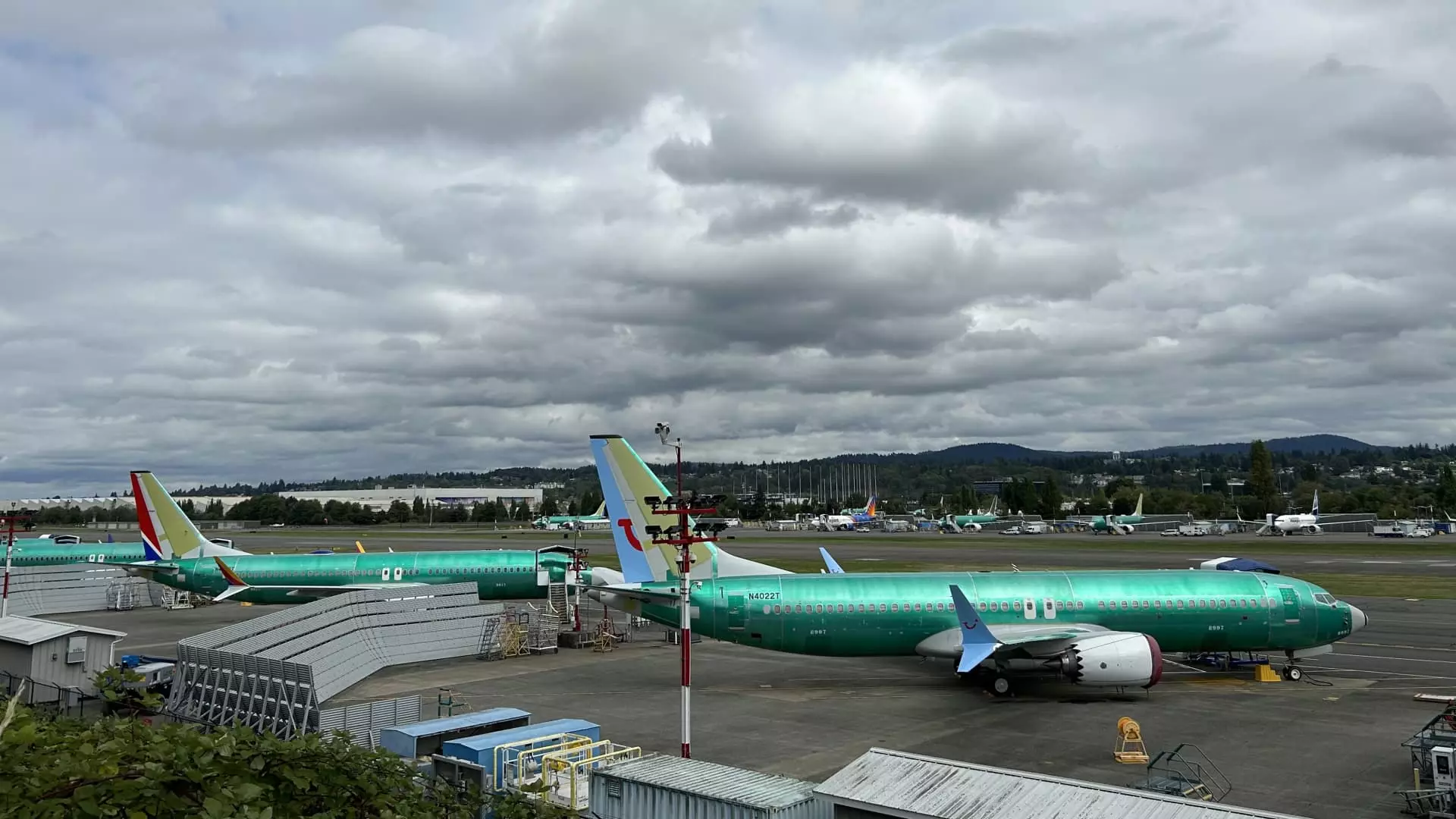Boeing’s performance in 2024 showcased the challenges that the aerospace giant faced, handing over only 348 airplanes, a significant drop of about one-third compared to the previous year. This decline underscores serious hurdles, notably a crisis following a midair incident involving a door panel blowout, which reverberated through the company’s operations. Coupled with a machinist strike in the fall that brought production to a standstill, these events have significantly impacted Boeing’s delivery capacity. Notably, the growing gap between Boeing and Airbus became evident, as the latter managed to deliver 766 aircraft, marking its highest output since 2019.
The aerospace industry as a whole grapples with supply chain disruptions that have become increasingly pronounced. These ongoing challenges have not only delayed production timelines but have also introduced financial strain on leasing and purchasing aircraft. According to aviation data firm IBA, lease rates for aircraft are projected to reach unprecedented heights this year, influenced by supplier shortages exacerbating Boeing’s issues. Such financial implications are crucial for navigating the already rocky waters of recovery and demand in the post-pandemic era, where every delayed delivery translates into significant lost revenue.
In December, Boeing managed to deliver 30 airplanes, marking the resumption of its production line for the popular 737 Max after resolving labor disputes. This restarted production is a positive sign, as deliveries are vital for a manufacturer’s cash flow—typically representing the point at which customers pay a substantial percentage of an airplane’s total price. Despite the setbacks, Boeing logged a total of 142 gross orders in December alone, indicating a measure of resilience as it captured commitments for 100 737 Maxes from Turkey’s Pegasus Airlines and 30 787s for flydubai.
Boeing’s financial health is manifest not only in its order backlog but also in how it manages existing challenges. With a gross order total of 569 and net orders standing at 377 for 2024, investors will keenly observe how Boeing recalibrates its strategies moving forward. This scrutiny will intensify as CEO Kelly Ortberg and other key executives prepare for an upcoming meeting with investors, where they will have to articulate their roadmap to ramp up production and restore the company’s profitability. As the competitive landscape in the aerospace sector continues to evolve, it remains crucial for Boeing to navigate these challenges proficiently to regain its standing and fully recover in the years to come.
As Boeing grapples with delivery challenges and strives to enhance its production capabilities, the path ahead requires strategic adjustments and unwavering commitment to restoring its reputation in the aviation market.

